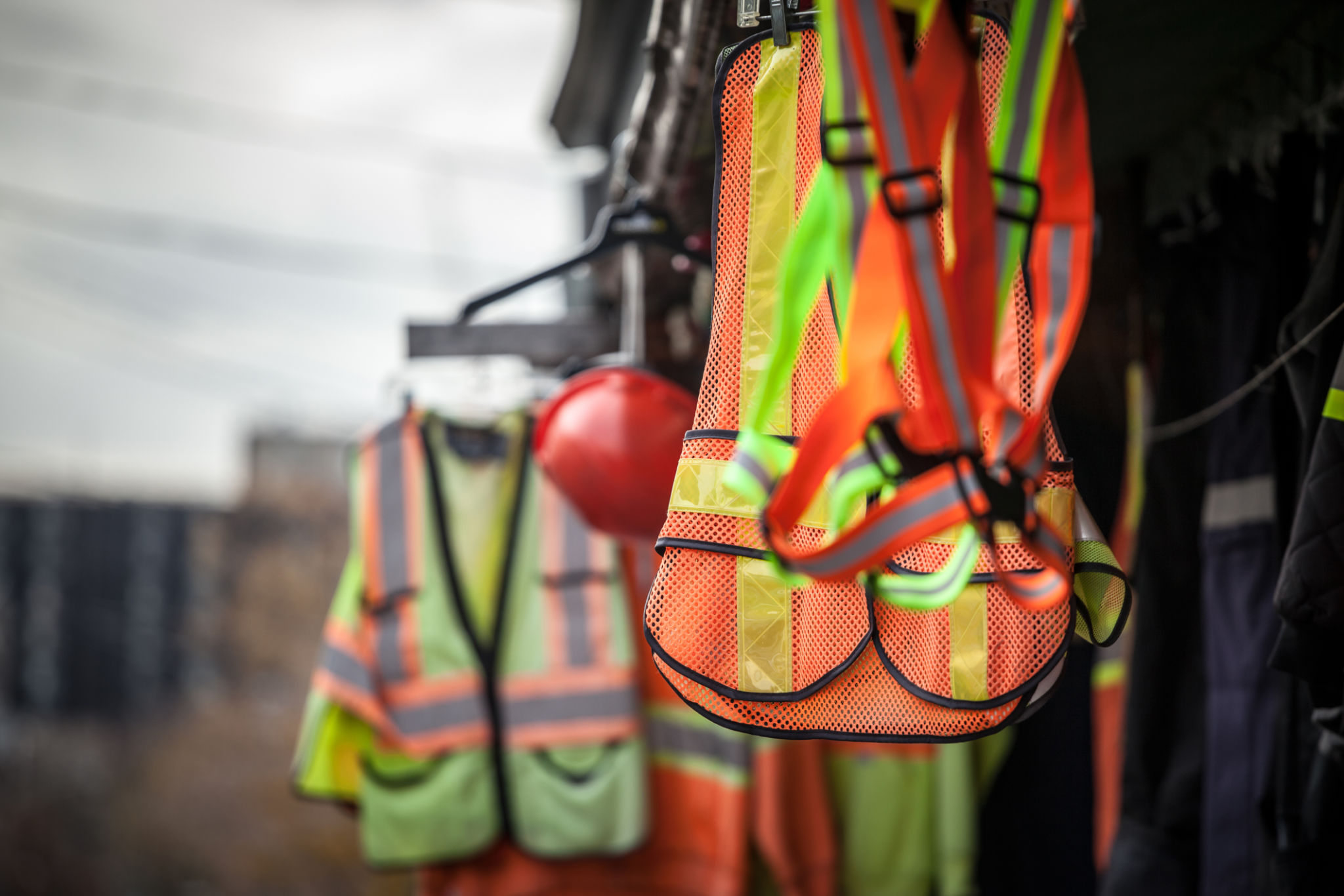Essential Crane Training: Understanding the Benefits of Rigging and Signal Person Qualifications
KM
Understanding the Importance of Crane Training
Crane operations are critical in various industries, including construction, manufacturing, and logistics. However, operating a crane involves significant risk, making proper training essential for safety and efficiency. Comprehensive crane training programs help ensure that operators, riggers, and signal persons are fully equipped to handle their responsibilities effectively.
Proper crane training covers a range of topics, from basic operations to advanced techniques in rigging and signaling. This training is crucial not only for compliance with safety regulations but also for minimizing the risk of accidents on the job site. By investing in quality training, businesses can protect their employees and increase productivity.

The Role of Rigging in Crane Operations
Rigging is a critical component of crane operations, involving the use of equipment like slings, chains, and ropes to lift and move heavy loads. Proper rigging techniques are vital to ensure loads are secured and transported safely. Trained riggers understand how to select the right equipment for specific loads, account for weight distribution, and implement safe rigging practices.
Rigging training provides individuals with the knowledge to identify potential hazards and prevent accidents related to load shifts or equipment failure. This training often includes hands-on practice and theoretical instruction, covering topics such as load calculations, inspection procedures, and emergency protocols.

Signal Person Qualifications: A Key Safety Measure
A signal person plays a crucial role in communicating between the crane operator and the ground crew. This role requires precision and clarity to ensure that the crane operates smoothly without any miscommunication. Signal person qualifications include understanding standard hand signals, radio communication techniques, and situational awareness.
Training programs for signal persons focus on ensuring clear and accurate communication under various conditions. This includes learning how to maintain eye contact with operators, interpret signals promptly, and adapt to changes in the job site environment. A well-trained signal person can significantly reduce the likelihood of accidents caused by miscommunication.

Benefits of Qualified Personnel
Having qualified riggers and signal persons on your team offers several advantages. First and foremost, it enhances the overall safety of the work environment. When workers are confident in their skills and knowledge, they are less likely to make mistakes that could lead to costly accidents or injuries.
Additionally, qualified personnel contribute to increased efficiency. With proper training, tasks are completed more quickly and accurately, reducing downtime and improving project timelines. This efficiency translates into cost savings for businesses, as projects can be completed on schedule without unexpected delays.
Regulatory Compliance and Legal Protection
Ensuring that crane operators, riggers, and signal persons are properly trained also helps companies comply with local and national safety regulations. Compliance not only avoids potential fines but also protects businesses legally in the event of an accident. Proper documentation of training can serve as evidence that a company has taken necessary steps to mitigate risks.

In conclusion, investing in essential crane training is a proactive measure that benefits both employees and employers. By equipping workers with the necessary skills and knowledge, companies can enhance safety, improve operational efficiency, and comply with regulatory requirements. Prioritizing comprehensive training programs ultimately leads to a safer and more productive work environment.
